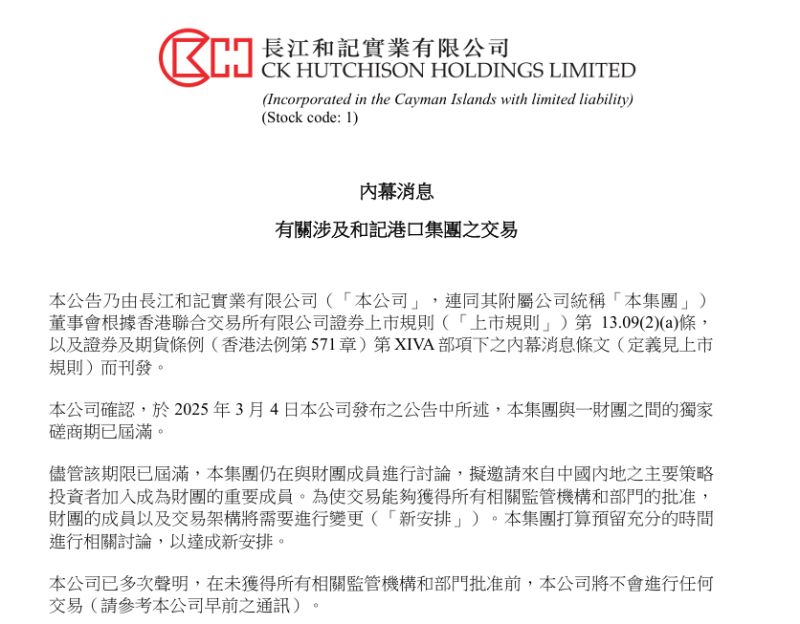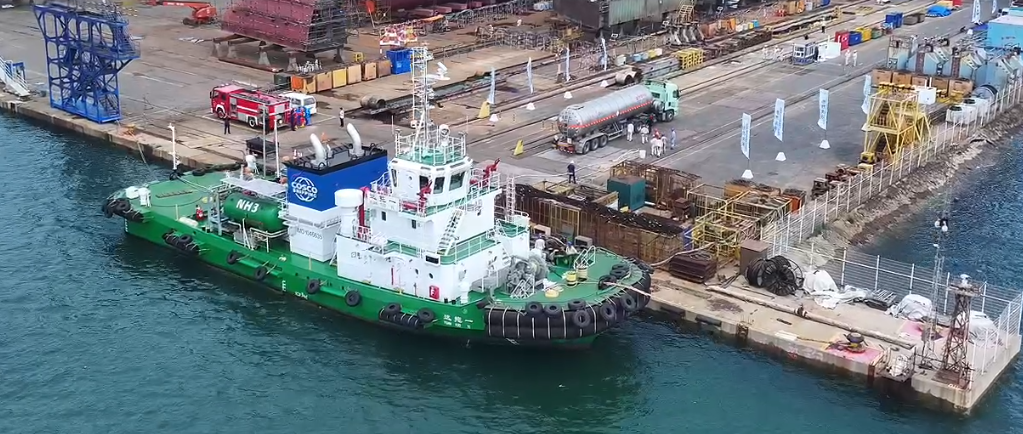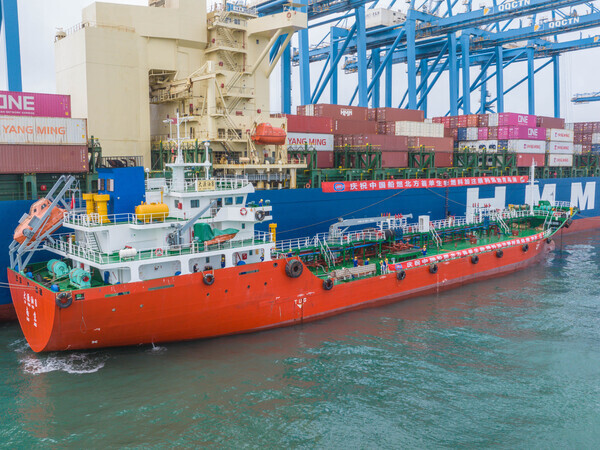Purpose
This marine notice aims to raise awareness of the risks involved with getting on and off vessels.
Provision of safe access
Accessing a vessel while at berth or anchor is a routine activity which is sometimes taken for granted. The requirement for safe access can be overlooked, particularly where there are limited berthing options, or a vessel is only berthed for a short period. Failing to provide safe access can result in serious injuries and even fatalities—even more so when poor weather or extreme tidal variation are thrown into the mix.
Accessing a vessel while at berth or anchor is a routine activity which is sometimes taken for granted. The requirement for safe access can be overlooked, particularly where there are limited berthing options, or a vessel is only berthed for a short period. Failing to provide safe access can result in serious injuries and even fatalities—even more so when poor weather or extreme tidal variation are thrown into the mix.
Legislative requirements
SOLAS Chapter II-1 provides requirements for accommodation ladders and gangways. SOLAS Chapter IX gives effect to the International Safety Management (ISM) Code which requires procedures, plans, and instructions for key shipboard operations. Providing safe access to a vessel is considered a key operation under the ISM Code and should be addressed in the vessel’s safety management system.
In addition, Marine Order 12 (Construction—subdivision and stability, machinery and electrical installations) imposes responsibilities on the masters of vessels to ensure a vessel’s means of access is safe for users. Seafarers need to be familiar with the risks associated with providing a means of access and ensure appropriate risk controls are in place.
Personnel abilities
The type of vessel access should be selected based on the experience and physical abilities of the people boarding the vessel as per ISO 5488:2015 and MSC.1/Circ. 1331. Their capability must be assessed prior to them embarking or disembarking, particularly when using a combination pilot and accommodation ladder. People using these ladders must be confident in using the equipment safely.
Wharf arrangements
When a vessel is alongside at a berth, the provision of safe access is a shared responsibility between the vessel and the provider of the berth. Often, it is poor wharf design that prevents landing a gangway, and this has a significant impact on safe access arrangements. The master and any provider of the means of access are both responsible for ensuring that a safe means of access is used.
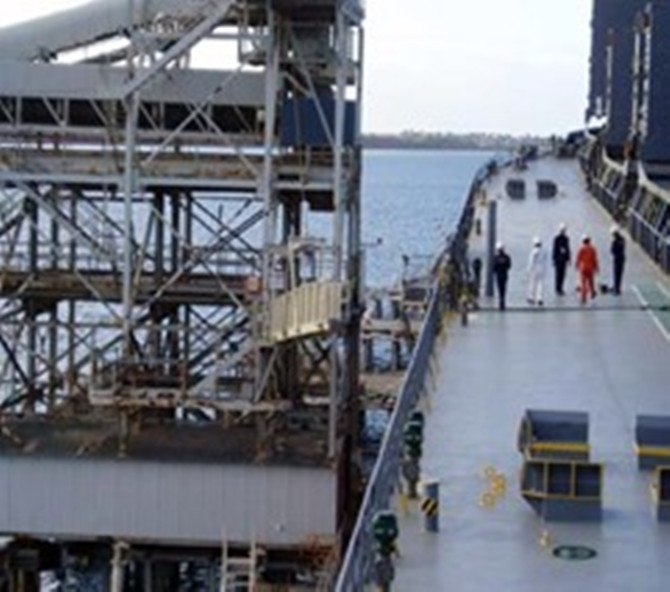
Communication
This is important in identifying obstacles to safe access. Items such as water/fuel manifolds, bollards, and electrical installations on the wharf are common obstructions and need to be considered when allocating berths to vessels. Co-ordination between shore-side and the vessel’s crew can help to mitigate these issues.
Rigging accommodation ladders and gangways
SOLAS Chapter II-1 Regulation 3 9 and MSC. 1/ Circ.1331 include requirements for safely rigging vessel access equipment. In Australia, these standards are implemented through Marine Order 12 (section 24) and include:
·Gangways should not be used at an angle of inclination greater than 30 degrees from the horizontal.
·Ship accommodation ladders should not be used at angles greater than 55 degrees from the horizontal, unless designed and constructed for use at angles greater than these and marked as such.
·Adequate lighting, lifebuoys and a mounted safety net which are sufficient to prevent falls, must be provided.
It is also recommended that accommodation ladders and gangways are positioned well forward of the propeller and avoid the lower part of the ladder and gangway overhanging off steep ship sides.
Gangways should be frequently monitored and adjusted as required to ensure they do not become too steep and are firmly landed on the wharf edge. Gangway providers are responsible to ensure adequate resources are afforded to adjust gangways as required by the master.
Assess the risks of rigging access
Rigging or adjusting gangways, accommodation ladders, or other access methods involves a heightened level of risks such as entanglement, falling from heights, or falling overboard. It is important to conduct a risk assessment of the rigging, adjusting and derigging of access equipment, including the selection of appropriate equipment and secondary means of support.
Suspended accommodation ladders
Arrangements at some berths in Australia prevent accommodation ladders being safely landed on the wharf edge. In such situations it is common practice to suspend the ship’s accommodation ladder at the vessel’s side with a short brow or gangway fitted to the lower accommodation ladder platform, to bridge the gap between the vessel and wharf edge.
Accommodation ladders and gangways are designed and tested to be landed on solid surfaces. Suspending these access arrangements goes against their engineering and presents an unacceptable risk to safety.
Access by pilot ladder
A pilot ladder, or combination ladder, is often provided to access vessels at anchor. Marine Order 12 (subsection 24(9)) makes it clear that the master may provide a pilot ladder as a means of access if they ensure only pilots and other professionals such as crew or cargo masters use the ladder. In an emergency, the master may allow another person to use the ladder (subsection 24(10)).
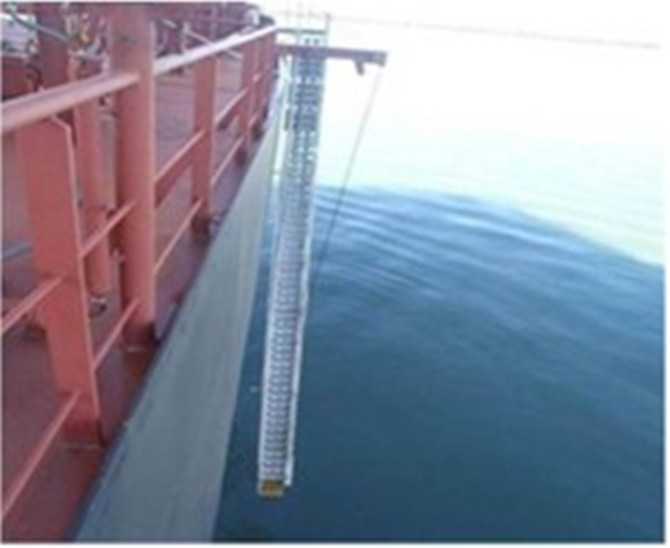
This is a high-risk activity, validated by recent incidents where non-professionals or people who were unfamiliar with pilot ladders died after falling from these heights.
Marine Notice 04/2023 – Pilot Ladder Transfer Arrangements and Marine Notice 2021/06 – Fatal accidents from falling off pilot ladders on ships provide further information and guidance on risks associated with using pilot ladders as a means of access.
Source: AMSA
The opinions expressed herein are the author's and not necessarily those of The Xinde Marine News.
Please Contact Us at:



